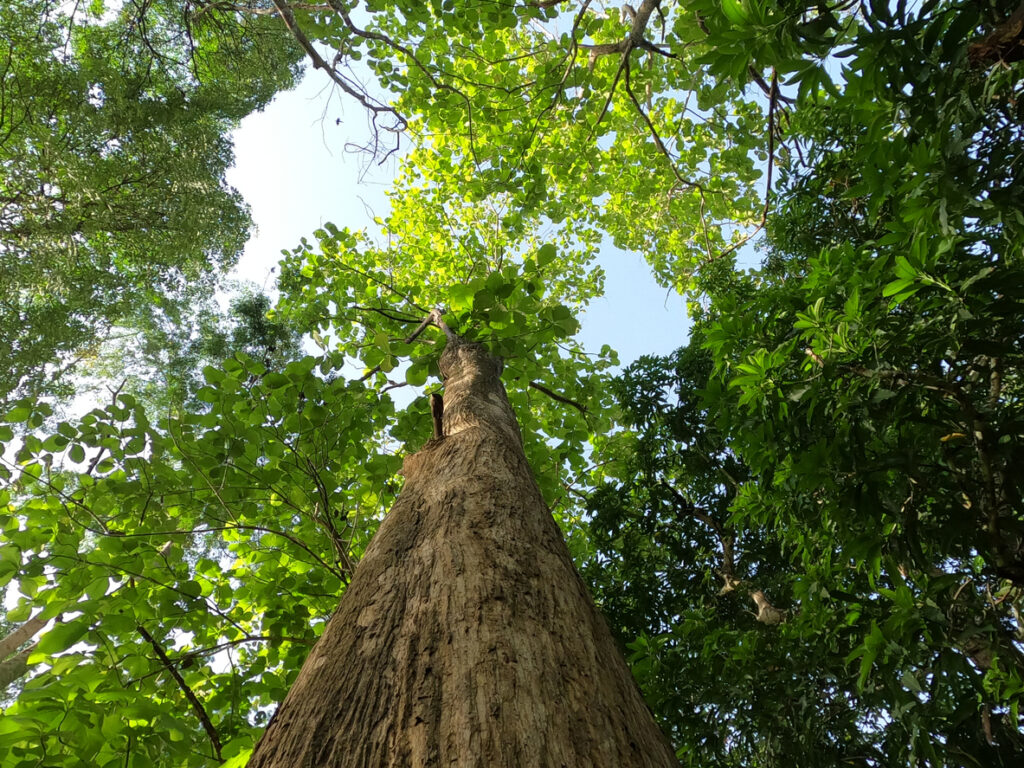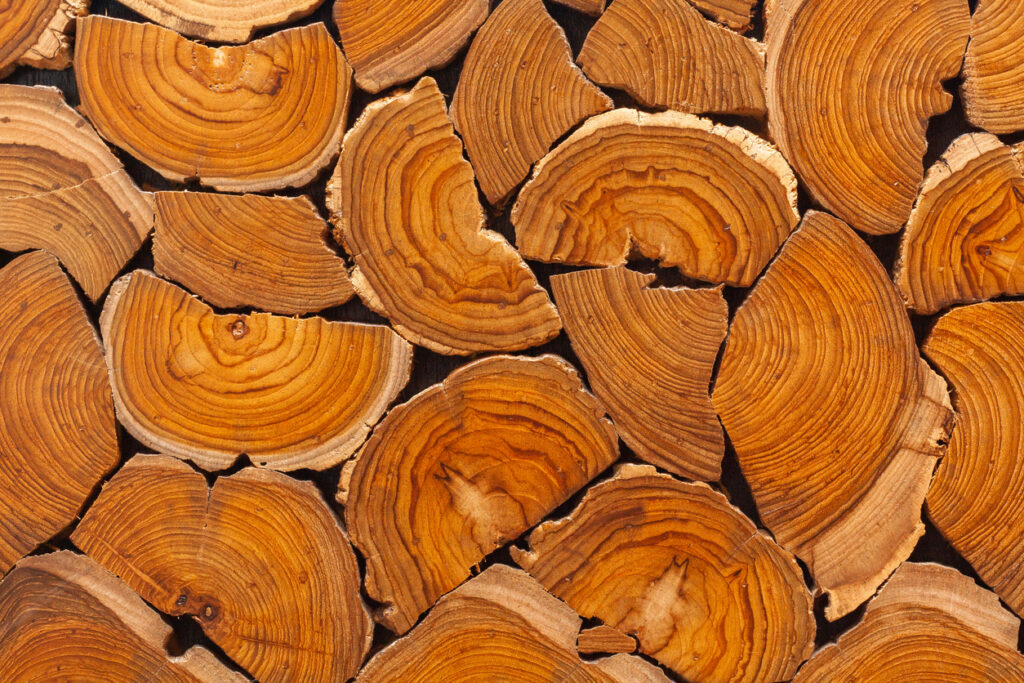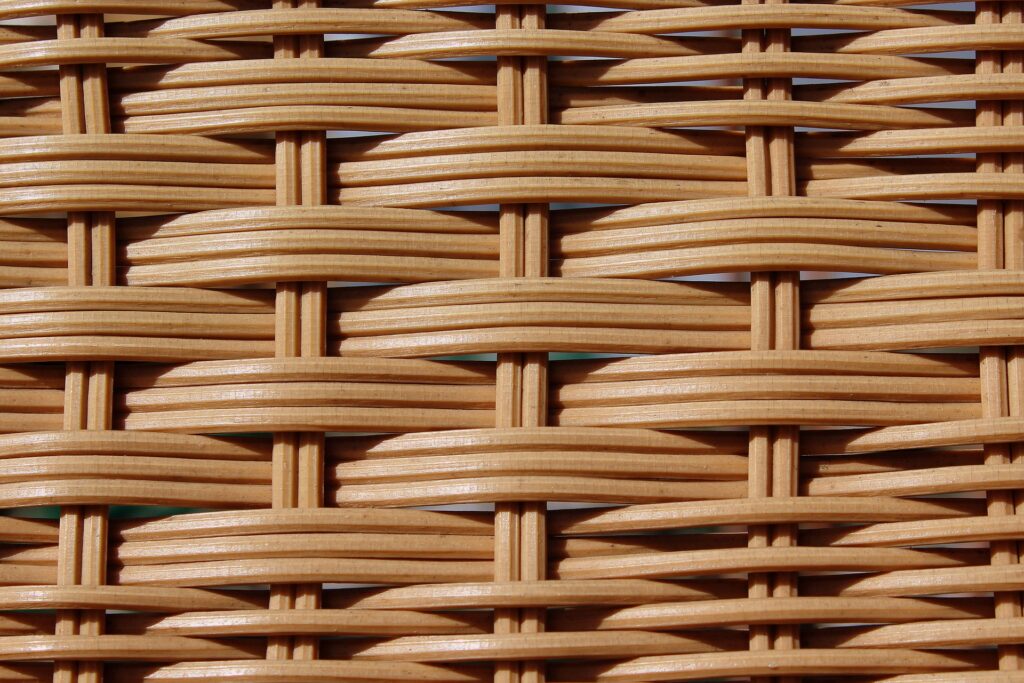Understand the key differences between Burmese teak and South American teak. Learn which wood is better for outdoor furniture in terms of beauty, durability, and care.
Wood with a Personality: Let’s Talk Teak
Not all teak is created equal. When clients ask us about the wood we use in our outdoor collections, two names always come up — Burmese Teak and South American Teak. They may both look like golden wood at first glance, but in reality, they couldn’t be more different.
Choosing between them is like choosing between silk and denim — both serve a purpose, but they feel, age, and behave in their own unique ways.

Meet the Legend: Burmese Teak
Let’s start with the showstopper. Burmese teak (Tectona grandis) is often called the “gold of the forest,” and for good reason. Sourced from Myanmar and parts of Southeast Asia, it’s the original teak — the kind that makes designers, boat builders, and architects sigh with satisfaction.
What makes it special?
Natural Oils & High Silica Content: These act like a built-in raincoat. Burmese teak naturally resists water, pests, rot, and salt.
Beautiful Aging: With time, it develops a silvery-grey patina that’s as charming as old wine.
Stability: It doesn’t warp, crack, or shift — no matter the season.
Texture: The grain is tight, smooth, and incredibly pleasant to the touch.
In short, this is the hardwood of choice for people who want beauty, reliability, and luxury — all in one plank.

The Challenger: South American Teak (Cumaru)
Now let’s talk about South American teak, better known in the trade as Cumaru (Dipteryx odorata). It’s not “true teak,” but it’s often used as a substitute — especially in large projects looking for a teak-like look at a lower cost.
Cumaru has its own personality:
Dense and Heavy: Very tough, with excellent wear resistance — great for decks and high-traffic areas.
Bold Grain: Its darker, reddish tone and pronounced texture give it a strong visual presence.
Lacks Natural Oils: Unlike Burmese teak, Cumaru needs sealing and consistent maintenance to avoid cracking or fading.
Prone to Movement: It expands and contracts more with temperature and humidity changes.
So while it’s hardwearing, Cumaru needs more attention — like a beautiful old car that runs great but needs regular oil checks.
How to Tell Them Apart?
Color and Grain: Burmese teak has a warm golden-brown tone and finer, straighter grain. Cumaru leans darker, often with red or deep brown hues, and a wilder, more varied grain.
Feel: Burmese teak feels silky and dense. Cumaru is heavier and coarser to the touch.
Smell: Believe it or not, real Burmese teak has a slight leathery aroma due to its oil content. Cumaru often has a sweet, almost vanilla-like scent (hence its nickname “Tonka wood”).
Care and Maintenance
Burmese Teak: Needs minimal upkeep. Occasional cleaning and optional oiling to retain its golden color.
South American Teak (Cumaru): Requires sealing at least once a year to prevent weather damage. Sanding may be needed to reduce surface roughness over time.
For long-term use in harsh outdoor conditions — such as by the pool, on a coastal patio, or under tropical sun — Burmese teak is far more forgiving.
Price vs. Value
Yes, Burmese teak is more expensive. It’s slow-growing, limited in supply, and typically FSC-certified for responsible forestry. But you’re paying for generations of durability and elegance.
Cumaru, on the other hand, is more budget-friendly — making it a popular choice for large-scale projects with tighter margins. However, due to sustainability concerns and overharvesting in parts of South America, responsible sourcing is increasingly difficult.
So Which One Should You Choose?
Want your garden to age gracefully like an Italian villa courtyard?
→ Go for Burmese teak.
Need something rugged and affordable for a rustic retreat or a large patio on a budget?
→ Consider South American teak — but be ready to maintain it.
Think of it like this: Burmese teak is the Aston Martin of hardwoods. Cumaru is a dependable Land Rover. Both will get you there — but the journey will feel very different.
Final Thought
At CG Outdoor Furniture, we work with both FSC-certified Burmese teak and high-quality South American teak, depending on your project’s vision and needs. Why? Because we believe the right material should reflect your space, your style, and your expectations—whether it’s the timeless elegance of Burmese teak or the rugged strength of South American hardwood. What matters most to us is delivering craftsmanship, comfort, and an outdoor experience that endures beautifully over time.
Want to feel the difference for yourself? Contact us for samples or browse our custom teak collections. Let your outdoor space tell a story — one that begins with the right material.


